The Ultimate Guide for New Swim Moms
So your child has decided to join a swim team. There is a lot to learn as a new swim mom, many terms, and procedures! Here’s the ultimate guide for a new swim mom, everything you need to know to support your swimmer & survive swim meets!
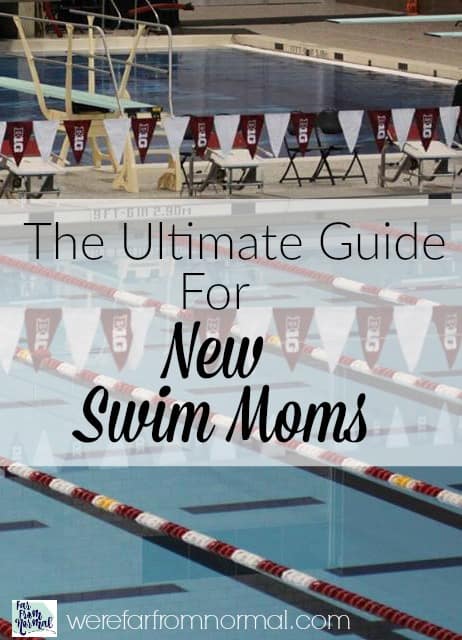
When my oldest son was 13, and still homeschooled, he looked at me and asked, “I know I’m homeschooled but can I do sports?”
I looked at him in mild disbelief… we’re not sporty people, we don’t even watch sports on tv. His experience with sports up until then was a brief endeavor into soccer when he was 4 and he picked dandelions the whole time.
So I wasn’t sure what to do with his sudden interest in sports at the age of 13. I knew he’d have a lot to learn if he got involved in soccer or football, and would be behind the other kids who’d been at it since they were 4. I decided to keep an open mind and just ask, “What kind of sports were you thinking of?”
“I was thinking like wrestling, or swimming?”
I had not a clue about wrestling, but I did know that our local YMCA has a recreational swim team. so I got in touch. Turns out we were just in time to register for the season and get him started. So we went, signed up, and my kid was officially a swimmer.
I’ve said many times since he started that there should be a guide for new swim parents. If you’ve never been involved in competitive swimming yourself, there is a lot to learn. I felt a little lost at our first few meets, and was thankful for the veteran swim moms that walked me through what I needed to know.
Now that I’m gearing up for the summer swim season with swimmer #2, and have been through several years of this swim mom thing, I decided it was high time I write that guide for new swim moms. Consider this your cheat sheet for all things swimming! Hopefully it helps you and your child get off to a strong start!!
Here’s everything that a new swim mom needs to know!
#1- Equipment
Thankfully swimming requires less equipment then most sports, and it’s all small stuff! Here’s a list of what your swimmer will need. (This may vary depending on your team) *some of these links are affiliate links I make a small commission if you order through them.
– Swim Suit– You’ll probably have a team suit you purchase through your team, but your swimmer will need at least one practice suit, two is even better, the chlorine is hard on them. For girls you’ll want competition suits, they’ll stay on well and are made from thicker material then your typical swim suit. For boys you have 3 choices- Jammers- they’re tight and go to their knees, like bike shorts (this is what most younger boys prefer) Square Legs- These are shorter shorts, they cover to just a couple of inches below their butt. Briefs- These are the wee tiny ones you see on the Olympic swimmers, some high school kids wear these, but most younger swimmers shy away from them.
–Goggles– Invest in a good pair of quality goggles, having a few pairs is best, they tend to get lost and/or broken. I like to buy them in 3 packs, it’s the best deal by far. You can consider upgrading them with a bungee strap to make them easier to get on and off.
– Flippers/ Fins – Your team may supply flippers or you may have to buy them. You want to get swim flippers, not scuba, or just the little toy ones. You buy them according to your child’s shoe size and they’re meant to be pretty snug.
– Kickboard– This is another item your team may supply. If they don’t you can just get a simple one. They make a bunch of different kinds but one that looks like this should be perfect for your child.
– Swim Cap– You will probably be given a team cap that your child is required to wear during meets. It’s a great idea to have a practice one, especially if you have a girl with long hair! Chlorine is harsh on hair so protecting it during practice is a good idea!
#2- Terms to Know-
There are a lot of terms to learn when your child becomes a swimmer- here’s a run down of what you need to know!
– Strokes – There are four main strokes your child will learn as a swimmer. The freestyle, backstroke, breast stroke, and butterfly. These are often shortened to free, back, breast and fly.
– Flip Turn– If you child is swimming freestyle or back stroke they’ll learn to perform a flip turn at the end of each lap. Rather than coming up they’ll flip forward and kick off the wall.
–Disqualified or DQ’d– At Anthony’s first meet I heard the term DQ’d for the first time. I feel silly saying I had no idea what that meant, and once I figured it out I wondered what would disqualify him? There are stroke and turn judges that follow the swimmers alongside the pool making sure they follow the rules. They can be disqualified for a variety of things- touching the bottom or sides of the pool, adjusting their goggles during a race, doing a different stroke then they’re supposed to be doing, or going too early in a relay. You can get a complete list from your coach, or if your child is disqualified they can tell you why.
– Fly Over Starts– During a meet to make things go quickly they’ll often do fly over starts. What that means is that the swimmers who have just finished their race will stay in the water, while the swimmers getting ready to race step up on the block, and start their race “flying over” the swimmers still in the water. This helps keep the meet moving along and the swimmers have less time waiting for their events.
-The Block– Just another name for the platform the swimmers dive from.
–Seed Time- This is the record time your swimmer has for the event they’re swimming in. For instance if they’re swimming the 5o freestyle for the second time, the time they had the first time they swam it will be their seed time. This is their best time ever and what they’ll be trying to beat! Often heats are organized by seed time putting the fastest swimmers against each other.
– Seeding Area– For the longest time I thought they were saying seating area… that seemed to make perfect sense. But it’s seeding. This is where the swimmers get organized the pre-lineup before their races. They’ll usually call events in batches, “Now seeding events 1-5” and the swimmers in those events go and get lined up.
–Heat Sheet– When you go to a meet you can usually buy a heat sheet for a couple of dollars. This is a listing of all of the events, who is swimming and their seed time. It’s not necessary to purchase them but they can be nice to have to keep track of what your child is swimming, and see what their current record time is.
#3 -Races- In each race your child will swim one of the four basic strokes. The only exception is an IM (individual medley) where they’ll swim all four strokes in one race. Most races at the recreational level are 5o or 100 meters. There is usually a 200 meter freestyle and even a 500! There are also relay races, freestyle where everyone swims the free, and medley where each swimmer swims a different stroke when it’s their turn. The races are numbered with event numbers, and often there are multiple heats, or smaller races, within an event. The more popular races like the 50 free often have several heats.
#4- Meets- I’m going to break down the meets into 2 separate parts, what to take, and what to expect. Because there is a lot to cover!
What to take-
– Your team suit & an extra suit – it’s best to be prepared with an extra suit just in case of wardrobe malfunction!
– 2 Pairs of goggles– Once again it’s always best to have a spare, just in case!
– 2-3 Towels – When one gets soggy your swimmer will want another one! Another great idea is a robe to wrap up in after events!
– Snacks and/or concession stand money- Your swimmer will get HUNGRY, and most likely so will you. Take “real food” like sandwiches or salads, and a variety of snacks. Lots of drinks too!!
– Seating- Often you’ll be waiting in a cafeteria or gym and often seating is hard to find. Bringing a blanket for the floor, or folding is a great idea so you have somewhere to sit. If it’s an outdoor meet you might consider bringing a shelter or umbrella to give yourself some shade!
– Entertainment- There can be a lot of downtime between events so you should bring something along to keep entertained. Books, tablets, magazines, coloring books… whatever your favorite boredom buster is!
– A Sharpie– As crazy as it sounds this is a must have. When your child is told their events they can use it to write them on their hand so they can remember what they’re swimming. You obviously don’t want it to wash off so it has to be permanent. Black works best, the colored ones seem to come off easier.
What to Expect-
Arrival time– You usually have to arrive at the pool about an hour before start time, your child will be told what events they are in and they’ll have a team warm up time.
Volunteer positions – It takes a lot to run a meet so teams often need volunteers. If your able you can volunteer to help with the concession stand, timing the races, or organizing swimmers in the seeding area. I personally love timing, it let’s you see a lot of the action and helps the meet go by quickly!
Meet Procedures– Once all teams have had a chance to warm up seeding will begin for the first several races. Meets begin with the National Anthem and then the races will start. The official will announce the first race, tell the swimmers to step up, take their mark, then signal the start of the race. The next race will step up and begin the same way. There is usually a break about half way through the meet so the swimmers can eat and rest a little.
I have seen both of my boys grow and develop confidence, friendship, physical and mental strength through swimming. They have a great time and have learned to push themselves! Being a swim mom can sometimes be tiring, early meet times, keeping towels clean, and snacks made, but it is well worth it!
I hope this helps as you and your child set out on the journey to becoming a swimmer and new swim mom!

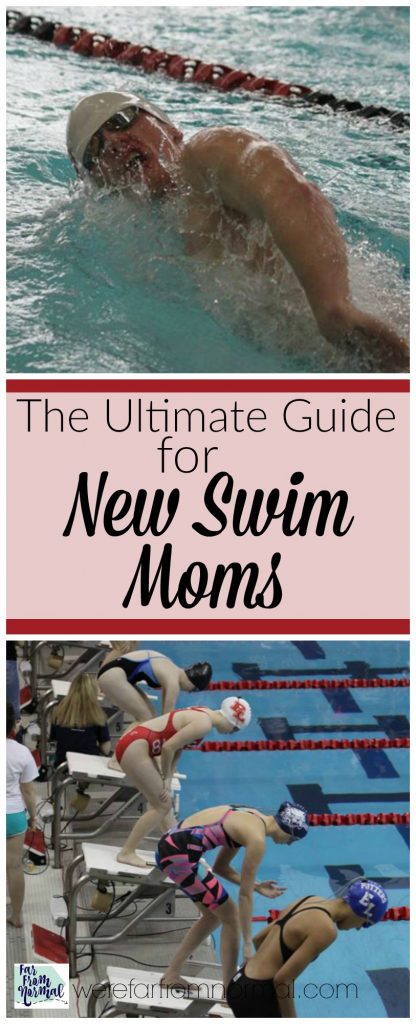
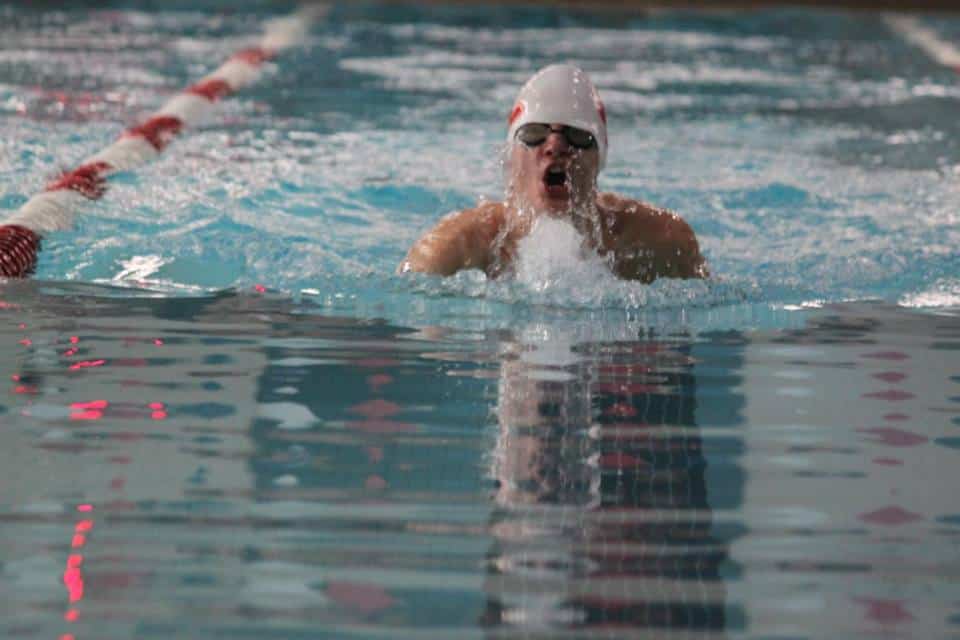

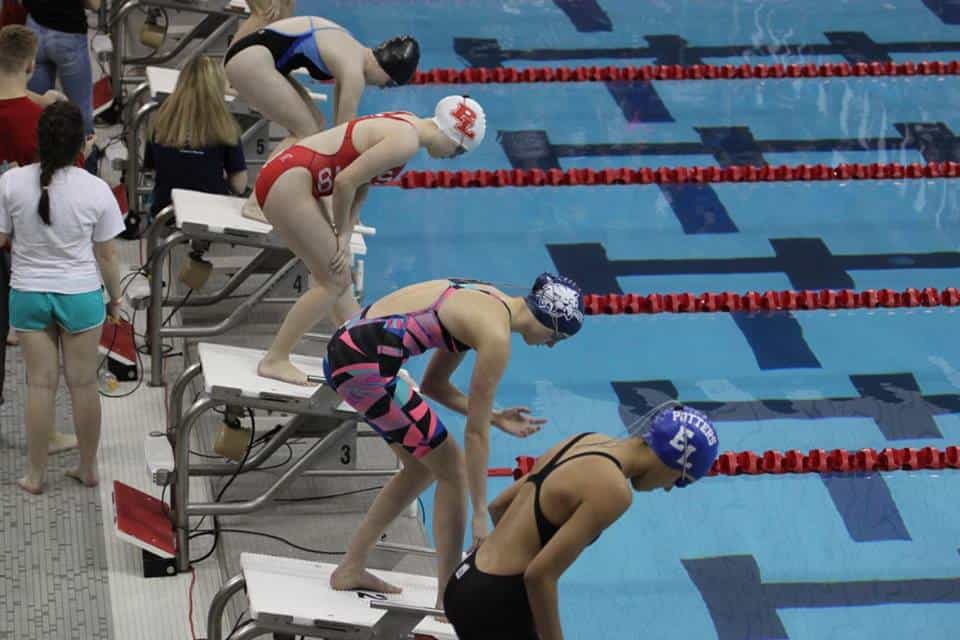
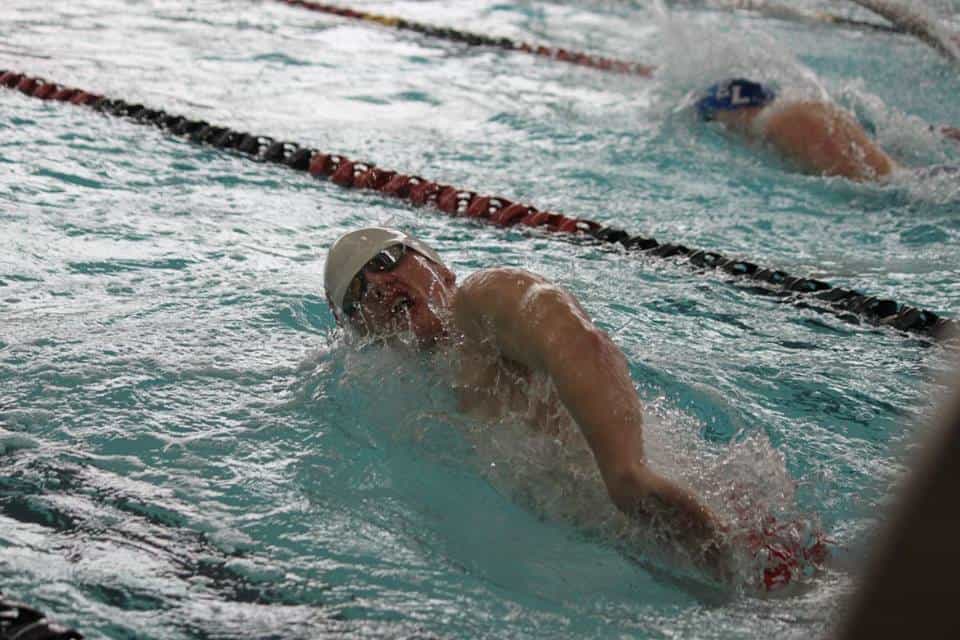






Thank you for this! My daughter has just joined her school’s swim team. I have never been to a meet and felt clueless! At the first meeting they spoke about “heat sheets” and having volunteered to sale them. I kept invisioning bed sheets that were hot to keep the swimmers from getting cold. LOL
My 3 homeschooled kiddos have been swimming a couple of years and my 15 yo decided to start competing this year. This blog truly helped me understand a bit better what we will endure. Thanks!
Great guide for beginning swim moms! I think I will have to share this link with our swim coaches to hand out to new swim parents.
I can’t imagine a club swimmer using those cheap goggles! Yikes!
The ones you linked aren’t designed for competive swim; they are recreation, “fun times horsing around in the pool” goggles.
If you are reading this as a rookie swim mom, please talk to your child’s coach or another mom from your team about their recommendations. You can do much better, for not too much more money. I generally pay $12-14 a pair for ours on sale.
The ones I linked to are the Speedo Vanquisher, they’re the ones my son’s High School coach recommends and the ones my oldest uses for college swimming. What I’ve found is sometimes it’s not about what you pay it’s what the swimmer likes. I bought my oldest a $35 pair and he likes his $12 ones more!
I was very encouraged to find this site. I wanted to thank you for this special read. I definitely savored every little bit of it and I have you bookmarked to check out new stuff you post.
Krista, The link for the goggles are most definitely NOT Speedo Vanquishers. Maybe it used to link to vanquishers, but they don’t now. Might want to check that link again.
Great article…how about snacks and meals? Do you have your swimmer on a certain meal plan or amount of carbs? I tend to feel that we are not giving our daughter enough energy for swim…any recommendations?
Very helpful as a new swim mom. Thanks!
For a couple of days before big meets like state championships you should be carb loading your athlete. They need the stored energy. Otherwise good nutrition is the way to go. The best swimmers know what they need and will tell you.
Swimming is a volunteer run sport! Those officials, starters, referees, and people running the computers and scoreboard are NOT paid. We all started with a swimmer on a team that needed volunteers. Timing is the easiest and hardest to fill position. It takes 2 minutes to learn how and is essential at every single meet.
By the way there are longer distance swims in freestyle including the mile. My swimmer is 14 and is being trained as a distance swimmer because she has a beautiful freestyle and strong legs.
I completely agree with the Speedo goggles – or another competitive goggle if your child finds another more comfortable. Double straps in the back help them stay on during dives, but be sure that those suckers are on tight! Goggle eye exists for a reason. Also for girls with long hair, the basic latex caps can pull their hair and are tight. My daughter wears a silicone, long hair cap (we get ours at SwimOutlet.com), then her goggles and tops that with her team cap during races only. It helps a LOT with headaches when those caps are too tight. She whips the latex cap off almost immediately after her race. Double capping also helps keep the goggles from coming off during dives.
Oh, and you’ll need a mesh bag for their paraphernalia but if your club doesn’t allow a space to keep that between practices, a cheap laundry basket in your trunk to place it in will save the carpet in your car from getting wet and stinky.
Welcome to the crazy life of a swim parent – it’s the best!